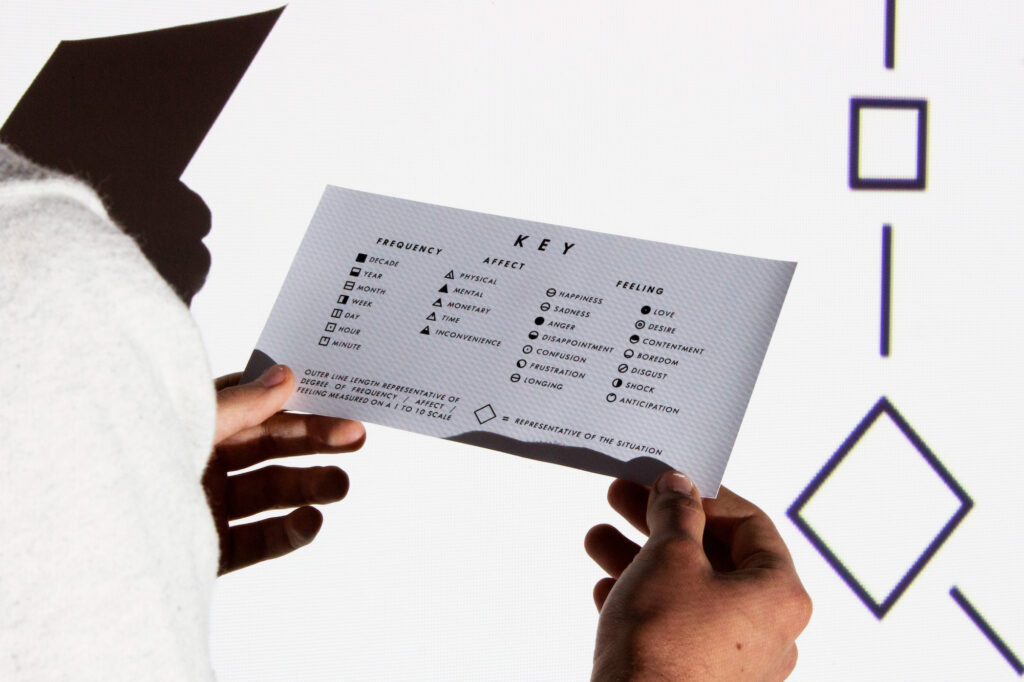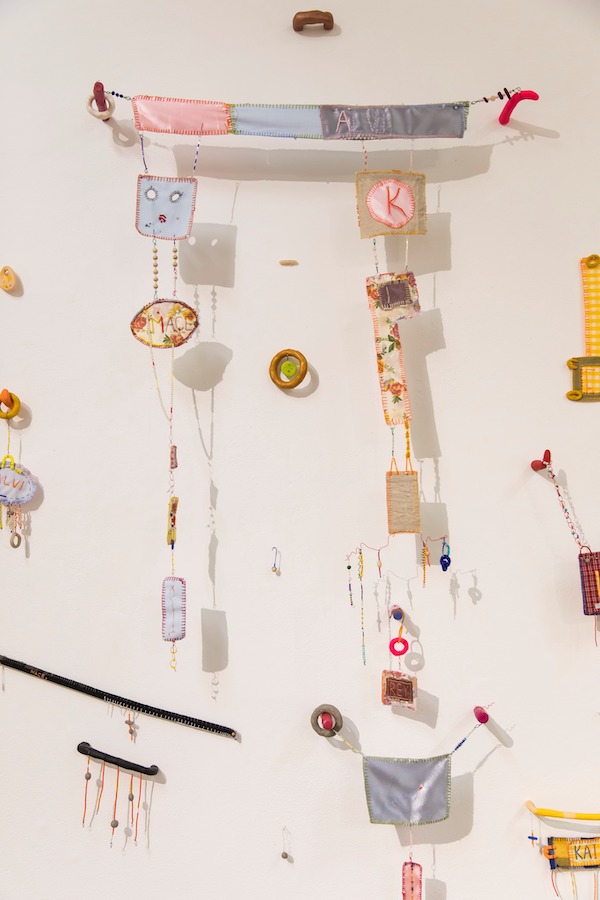PICA’s annual “Hatched: National Graduate Show” takes a turn towards compassion this year, discovers Jaimi Wright.
Permission for self-care
21 July 2020
- Reading time • 6 minutesVisual Art
More like this
- A walk with Tina Stefanou
- A blaze of glorious people
- Diving into the gothic world of Erin Coates
‘Hatched National Graduate Show 2020’, Various artists ·
Perth Institute of Contemporary Art ·
There is so much of the “now” currently on display at the Perth Institute of Contemporary Art’s 2020 “Hatched: National Graduate Show”, that to walk among its kaleidoscopic feast of contemporary muchness is simply astounding.
Presented annually, this exhibition features the work of recently graduated artists from around Australia. Renowned for it relentless but thoughtful interrogation of societal issues, “Hatched” gets more ambitious in terms of the scope of its artistic concepts and mediums every year. The 2020 iteration delivers with the anticipated inquisitiveness and ambition, as well as something extra and unexpected: permission for reflection and a generous dose of self-care.

Take for instance the works of Queensland-based artist Ella Callander, Square of Opposition (2019) and Underrepresented Ordinary (2019). Callander’s pieces are more conceptual than physical. Through diagrammatic representations and minimalist texts and symbols the pieces invite the audience to revisit intangible past thoughts, memories and feelings. In a kind of therapy, Callander asks the audience to consider past experiences that they find comforting, as well as emotional colloquialisms they may not have considered as part of their everyday.
Between visual equations projected from a television and graphic stickers of Callander’s methodology that span entire walls, the simplicity of Square of Opposition and Underrepresented Ordinary commands your attention and application. The result is a tender introspection, unique to each person who comes across the works. It is this effort towards individualised self-reflection that I found most touching, an effect that Callander was able to achieve without even being in the room.

Another work I found to be strikingly poignant was L.A.K.R.M. Bruce’s This is a Product of Self-Care (2019). Through this piece, the New South Wales-based artist creates time for reflection, self-care, coping mechanisms and a safe foundation to explore their non-binary identity, as well as emphasising self-preservation as an act of resistance against capitalist ideologies of productivity and value.
This is a Product of Self-Care is composed of methodical crafts such as embroidery, beading, ceramics and jewellery making. The use of these practices serves as a form of healing for the artist, and as an intricate and homespun form of encouragement for viewers to take time out of their day to look after themselves. The effect is a kind of disjointed pastel patchwork quilt, hung on the wall in its individual pieces in a mural-esque fashion, so the viewer can consider each of its elements in their own time.
In a very different kind of introspection, West Australian artist Siahne Rogers explores the slippery distinction between humour and tragedy in their installations “Another big shot goes belly up…” “I’ve heard this one before” (2019). Rogers’ artworks tell the story of the rise and fall of their late grandfather’s business, Fast Eddy’s, and its eventual collapse after building its identity around perpetual success.

Rogers uses precarious towers of different fast food and grandeur to comment on the instability and hubris of building an empire behind the façade of perpetual success. Burger buns sit upon plinths almost toppling to the floor, across from a tower of crystal glasses that could be blown over with a breath. Amid this wealth that is seconds away from disaster, Rogers also incorporates slapstick elements such as banana skins, a testament to humour amid disaster. As well as its broader societal commentary, “Another big shot goes belly up…” “I’ve heard this one before” strikes a very humbling and human note.
There is much societal interrogation to be found in this year’s edition of “Hatched”, and its scrutiny is certainly impressive, but it is the warmer and more forgiving elements of this year’s exhibition that struck me the most. 2019’s Fine Arts graduates have shown us that there can be no significant global growth if we do not also take the time on a very human level to take care of ourselves too.
And on that note, I think I will make myself a cup of tea.
Check out Seesaw’s stories featuring “Hatched” artists: Tina Stefanou’s “Day in the life” blog and Annie Huang’s Q&A.
Pictured top is Michelle Vine’s ‘Affirmation Tub’, 2018
Like what you're reading? Support Seesaw.






